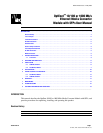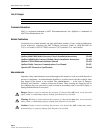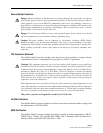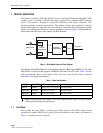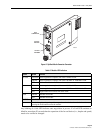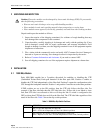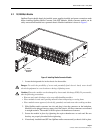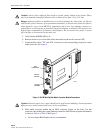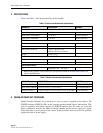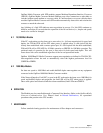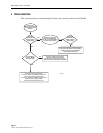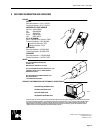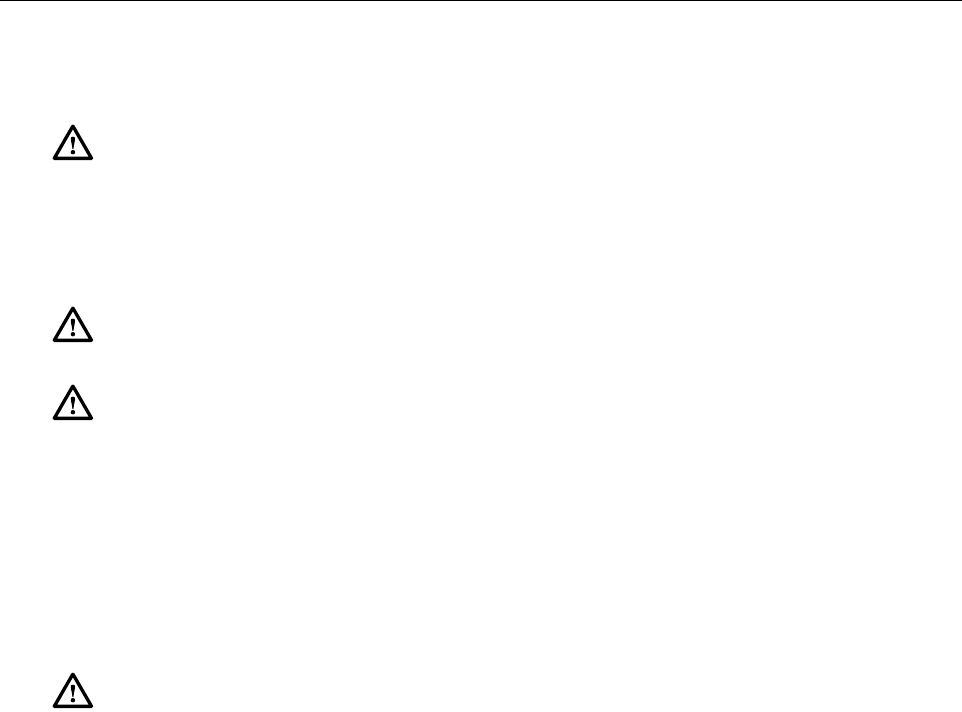
ADCP-92-063 • Issue 1 • May 2005
Page 3
© 2005, ADC Telecommunications, Inc.
General Safety Precautions
FCC Compliance Statement
The OptEnet Media Converter modules and chassis have been certified to comply with the
requirements for Class A computing devices per part 15 of the FCC regulations.
UL/CSA Certification
The OptEnet Media Converter modules and chassis have been tested and found to comply with
the requirements of UL/CSA 60950.
NEBS Certification
The OptEnet Media Converter modules and chassis complies with the requirements of GR-63-
CORE, Issue 1, October 1995 and GR-1089-CORE, Issue 2, December 1997 with Revision 1,
February 1999 as specified in SR-3580, Issue 1, 1995.
Danger: Infrared radiation is invisible and can seriously damage the retina of the eye. Do not
look into the optical connector of an operational transmitter, or into the end of an active fiber. A
clean, protective cap or hood MUST be immediately placed over any radiating connector or
optical fiber to avoid exposure to potentially dangerous amounts of radiation. This practice also
helps prevent contamination of connectors and adapters. Do not assume laser power is turned
off or the fiber is disconnected at the other end.
Danger: To avoid the possibility of severe and potentially fatal electric shock, never install
electrical equipment in a wet location or during a lightning storm.
Caution: Electronic modules can be damaged by electrostatic discharge (ESD). Before
handling modules, wear an anti-static-discharge wrist strap to prevent damage to electronic
components. Place modules in anti-static packing material when transporting or storing them.
When working on modules, always place them on an approved, electrically grounded, anti-
static mat.
Warning: This equipment generates, uses, and can radiate radio frequency energy and if not
installed and used in accordance with the instruction manual, may cause interference to radio
communications. It has been tested and found to comply with limits for a Class A digital device
pursuant to Subpart B of Part 15 of FCC Rules, which are designed to provide reasonable
protection against such interference when operated in a commercial environment. Operation of
this equipment in a residential area is likely to cause interference to TV and radio reception in
which case the user, at their own expense, will be required to take whatever measures may be
required to correct the interference.
This equipment does not exceed Class A limits for radio emission for digital apparatus, set out
in the radio interference regulation of the authorization methods of Industry Canada. Operation
in a residential area may cause unacceptable interference to TV and radio reception requiring
the owner or operator to take whatever steps are necessary to correct the interference.
This product conforms to all applicable standards of 21 CFR 1040.



